1. Self Awareness
- Evaluates how personal background and experiences creates biases and assumptions that impact how a teacher interacts with students in creating a learning environment.
- Reflects on, evaluates and acknowledges own cultural identity, knowledge, experiences he or she brings to the learning environment (and how they differ from students’).
- Understands the power of teacher biases, attitudes, and beliefs about diversity.
2. Awareness of Students’ Cultural Identities
- Tries to see cultural schema from the view/perspective of a native of the culture.
- Sheds stereotypical views of culture and values all students.
- Recognizes that students from culturally and linguistically diverse backgrounds may be at different levels of acculturation and identity development.
- Respects that gender roles may vary among different cultures.
- Understands the value of linguistic differences and their role in cultural identity.
- Understands how chronic poverty might place poor children on life trajectories that differ from the trajectories of children not living in poverty
3. Advocacy
- Seeks information from a variety of sources to analyze and evaluate conditions and policies that shape communities and schools.
- Evaluates conditions, policies, and implementation of services related to a school environment (e.g., student characteristics, student achievement, discipline policies and actions, and resource levels).
4. Instruction
- Utilizes reflection and experiential learning as tools for student-centered learning.
- Models appropriate behaviors, speech, and attitudes that show respect for the rights and concerns of others (includes person-first terminology).
- Avoids imposing values that may conflict or may be inconsistent with those of others’ cultures or ethnic groups.
- Plans instruction around student’s experiences, interests, and cultural competencies.


